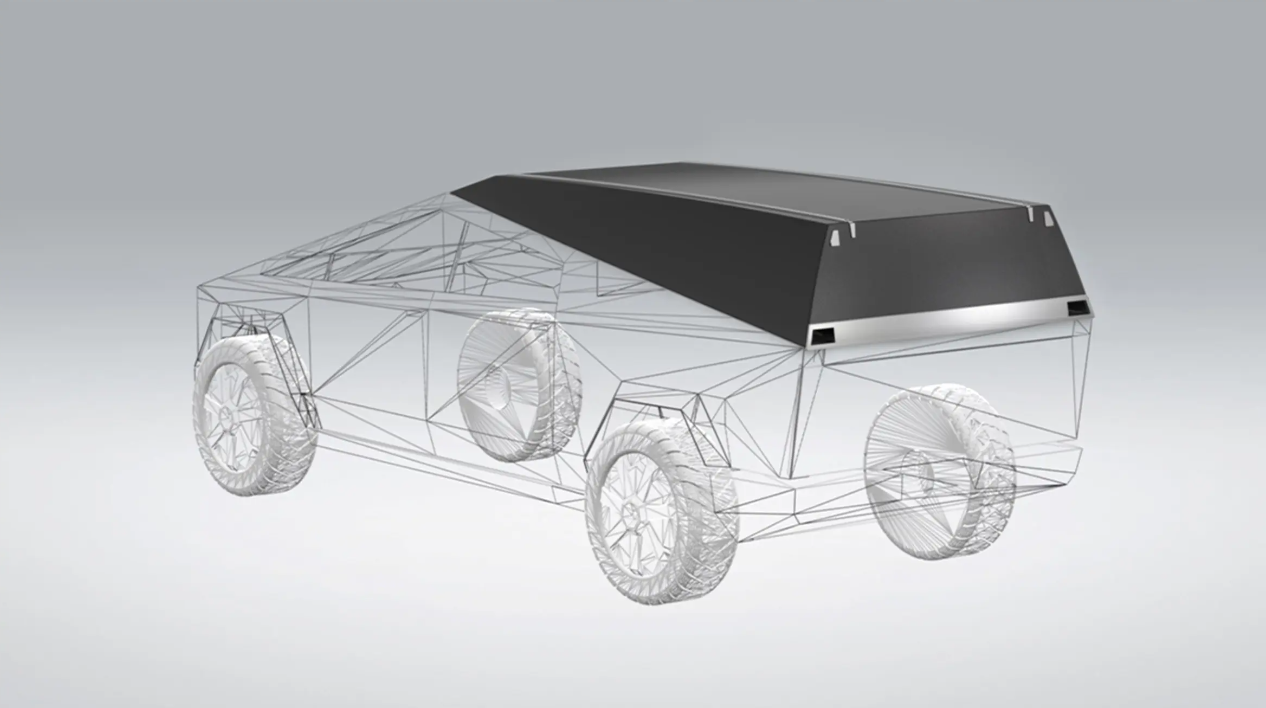One hundred percent of the energy needed to power the international space station (ISS) is provided by solar power. Because the station is so large and has been built in many locations around the world the types of solar energy technology used to capture the sun rays is also diverse. Scientists and engineers have been looking for new ways to use solar energy to power onboard systems as well as station propulsion.The Kumpula Space Center in Finland developed “solar wind sails” in 2006 and that are similar to a slightly older technology called “solar radiation pressure sails.”
Estonia’s Student Led ESTCube-1 Project
Now an Estonian group has launched the ESTCube-1 to test the concept of electric sails made of metal tethers. Rather than collecting energy from radiation pressure the new technology propels a spacecraft by keeping a steady electric potential in tethers, moving the spacecraft via electromagnetic interactions with solar wind, a steady flow of charged particles given off by the sun. ESTCube-1 mission page is here.
ESTCube-1 is a miniature satellite cube with a total volume of just 1 liter and weight less than a kilogram. It’s dimensions are just 200mm x 100mm x 100mm. The design is based on CubeSat Design Specifications.
The mission objectives of the ESTCube-1 mission are:
1. To test the deployment of a 10 meter Hoytether as a part of the development work of the Electric Solar Wind Sail. http://www.electric-sailing.com/
2. To measure the electric sail force, interacting with the tether.
3. To take a picture of the deployed tether.
4. To take a picture of the Earth as a secondary mission objective.







